History of Panasonic
Panasonic, a renowned electronics company, has made a significant impact in the world of photography with its line of high-quality cameras. As a camera brand, Panasonic has a rich history marked by constant innovation and a commitment to providing photographers with versatile and user-friendly tools. Understanding the history of Panasonic as a camera brand offers valuable insights into the evolution of photographic technology and highlights the company's dedication to meeting the ever-changing needs of photographers.
From its early beginnings in electronics to its current position as a major player in the digital camera market, Panasonic has consistently striven to push the boundaries of photographic technology. Let’s take a look at the milestones and key moments that have shaped Panasonic as a camera brand, demonstrating its influence on the field of photography and the ongoing quest for innovation.
Early History and Diversification (1918-1990s)
Founded in 1918 by Konosuke Matsushita, Panasonic initially began as a small company producing lightbulb sockets. Over the years, the company expanded its product line and ventured into the realm of various electronics, including radios, televisions, and audio equipment. Panasonic's commitment to innovation and excellence quickly earned it a reputation as a global leader in consumer electronics.
It was during the latter part of the 20th century that Panasonic diversified further into the world of cameras. Recognizing the potential for growth in this sector and the demand for high-quality imaging devices, Panasonic began to develop its own line of cameras. By leveraging its expertise in electronics and focusing on the integration of advanced technologies, Panasonic aimed to create cameras that catered to both amateur and professional photographers alike. This diversification into the camera market would ultimately lay the foundation for Panasonic's future success and impact in the world of photography.
Entering the Digital Camera Market (1990s-2000s)
As the digital revolution swept through the world of photography, Panasonic eagerly joined the movement by introducing its first digital camera in the late 1990s. This early entry into the digital camera market demonstrated Panasonic's foresight and adaptability, as the company recognized the potential of digital technology to transform the photography landscape.
In 2001, Panasonic launched the Lumix series, which would soon become the cornerstone of their camera lineup. Combining cutting-edge technology with sleek design and ease of use, the Lumix series quickly gained popularity among photographers. From compact point-and-shoot models to more advanced cameras with interchangeable lenses, the Lumix series catered to a wide range of users and skill levels. This marked a significant milestone for Panasonic, as the Lumix series solidified the company's position in the digital camera market and showcased its commitment to delivering high-quality imaging solutions.
Innovation in Compact and Bridge Cameras (2000s-2010s)
Throughout the 2000s and 2010s, Panasonic continued to innovate and expand its camera offerings, particularly in the areas of compact and bridge cameras. With a focus on creating user-friendly, versatile cameras, Panasonic introduced a range of models featuring advanced zoom capabilities. These superzoom cameras, also known as bridge cameras, allowed photographers to capture stunning images from a distance without the need for bulky or expensive telephoto lenses.
In addition to superzoom capabilities, Panasonic also made significant strides in image stabilization and sensor technologies. By incorporating cutting-edge optical and digital image stabilization systems into their cameras, Panasonic was able to reduce the impact of camera shake, enabling users to capture sharper images even at longer focal lengths. Furthermore, Panasonic's continued advancements in sensor technology led to the development of high-resolution and low-light-capable sensors, allowing photographers to achieve exceptional image quality across a range of shooting conditions.
These innovations in compact and bridge cameras further cemented Panasonic's reputation as a camera brand dedicated to providing photographers with the tools they needed to unleash their creativity and capture stunning images.
Expanding into Mirrorless and Technological Advancements (2010s-Present)
As the photography industry began to embrace mirrorless cameras in the 2010s, Panasonic was quick to join the trend with the launch of the Panasonic Lumix G series. These Micro Four Thirds system cameras offered photographers a compact and lightweight alternative to traditional DSLRs, without compromising on image quality or performance. The Lumix G series rapidly gained traction among both amateur and professional photographers alike, thanks to its blend of portability, versatility, and advanced features.
Recognizing the growing demand for full-frame mirrorless cameras, Panasonic introduced the Lumix S series in 2018. This lineup of full-frame cameras further expanded Panasonic's presence in the mirrorless market, catering to professional photographers who sought the benefits of a larger sensor and increased dynamic range. With features such as high-resolution sensors, advanced autofocus systems, and robust video capabilities, the Lumix S series showcased Panasonic's commitment to pushing the boundaries of photographic technology.
The legacy of Panasonic as a camera brand is one of continuous evolution and growth. From its humble beginnings as a diversified electronics company to its current position as a prominent player in the photography market, Panasonic has consistently demonstrated a commitment to innovation and a passion for pushing the boundaries of what is possible in the field of photography.
With its extensive range of cameras, from compact and bridge cameras to mirrorless systems, Panasonic has catered to the diverse needs of photographers at every level. The company's dedication to advancing photographic technology has enabled countless photographers to capture their creative visions with ease and precision.
Check out also other brands
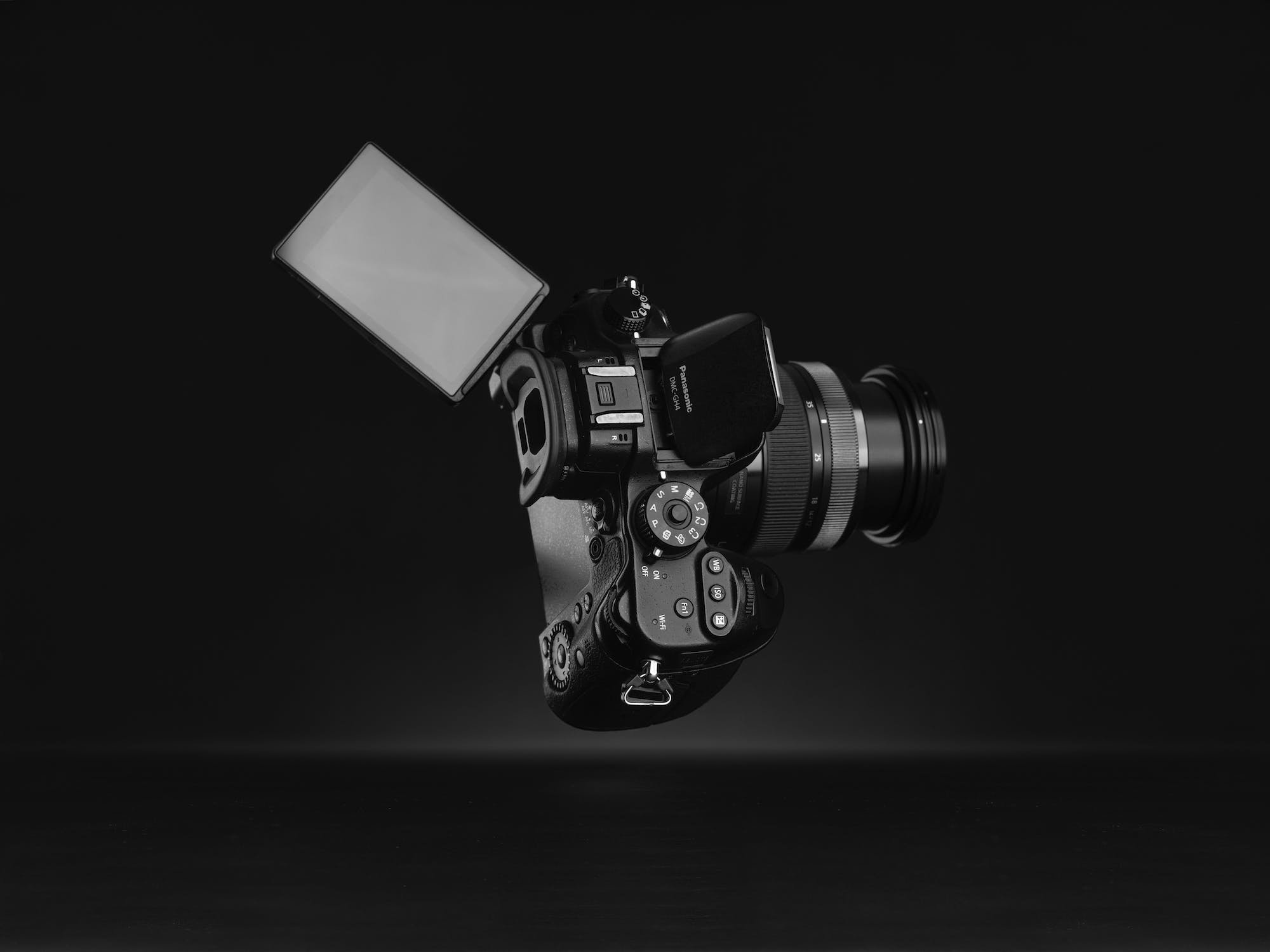


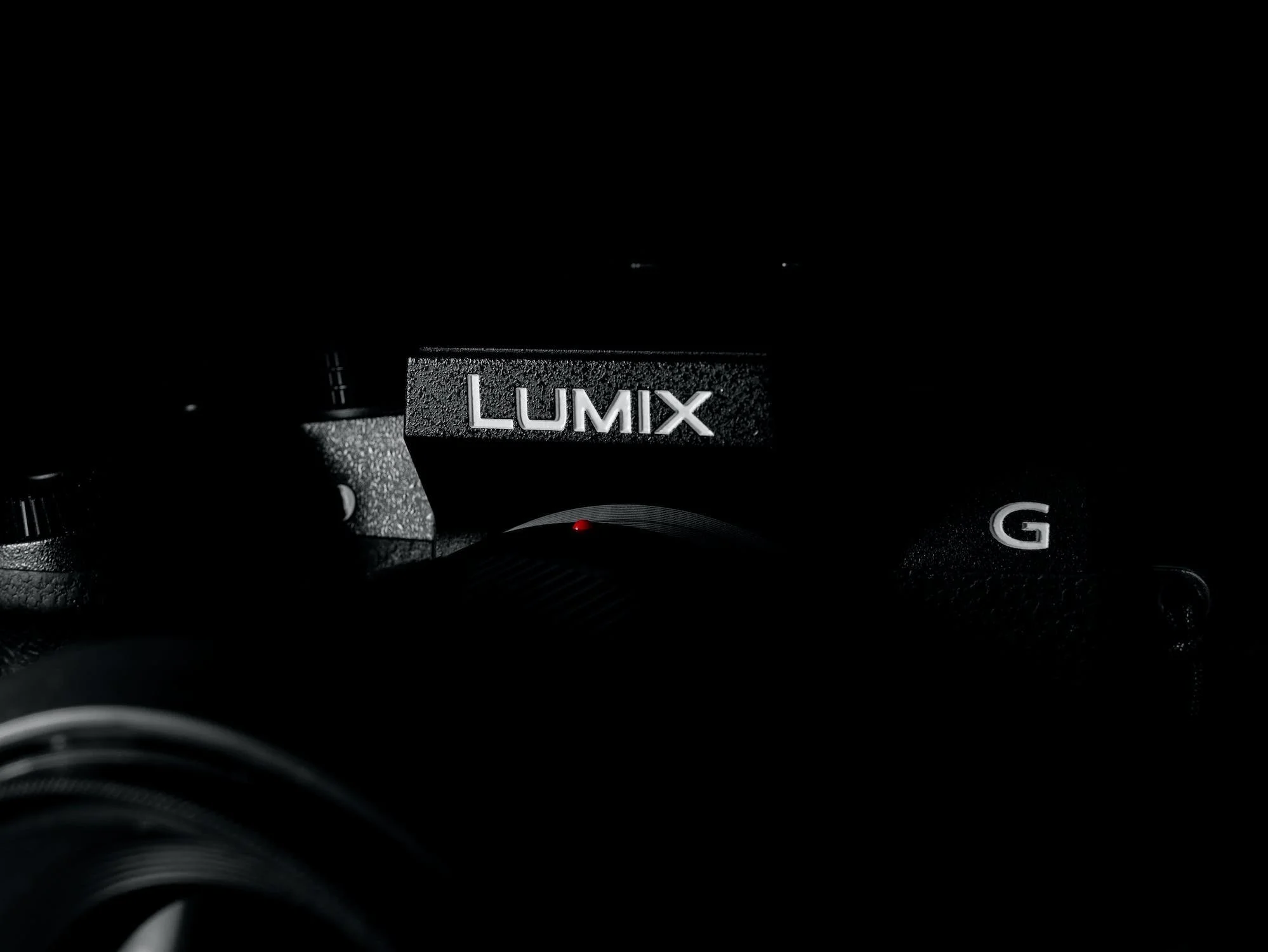
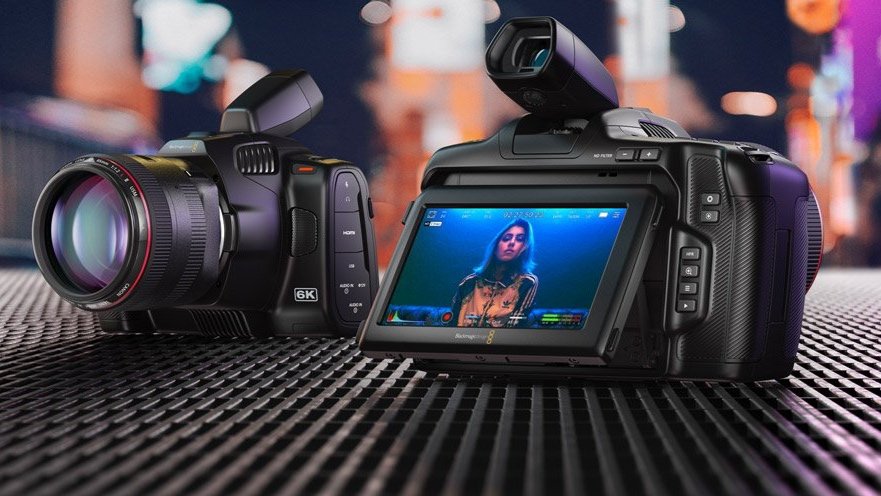





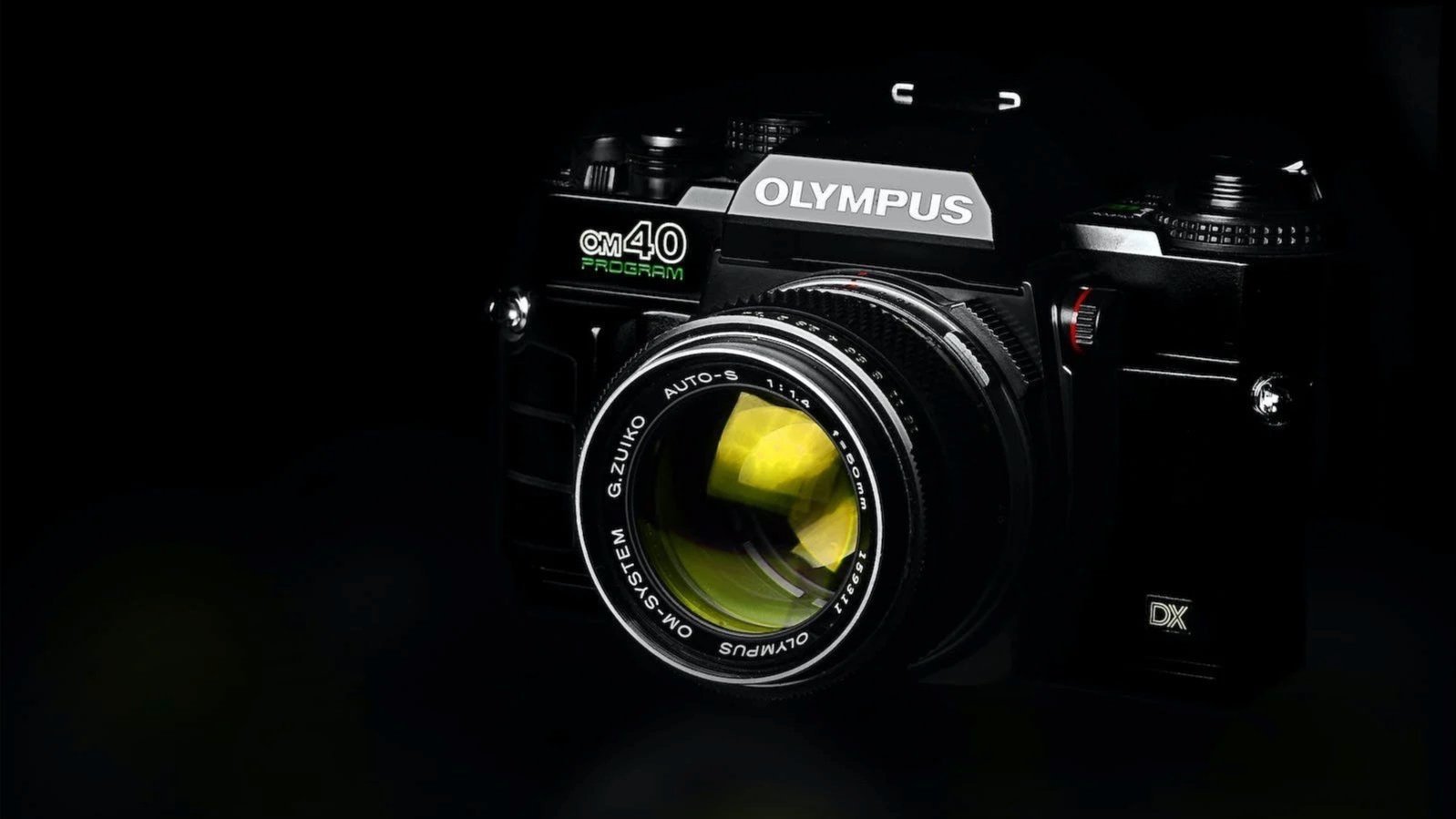
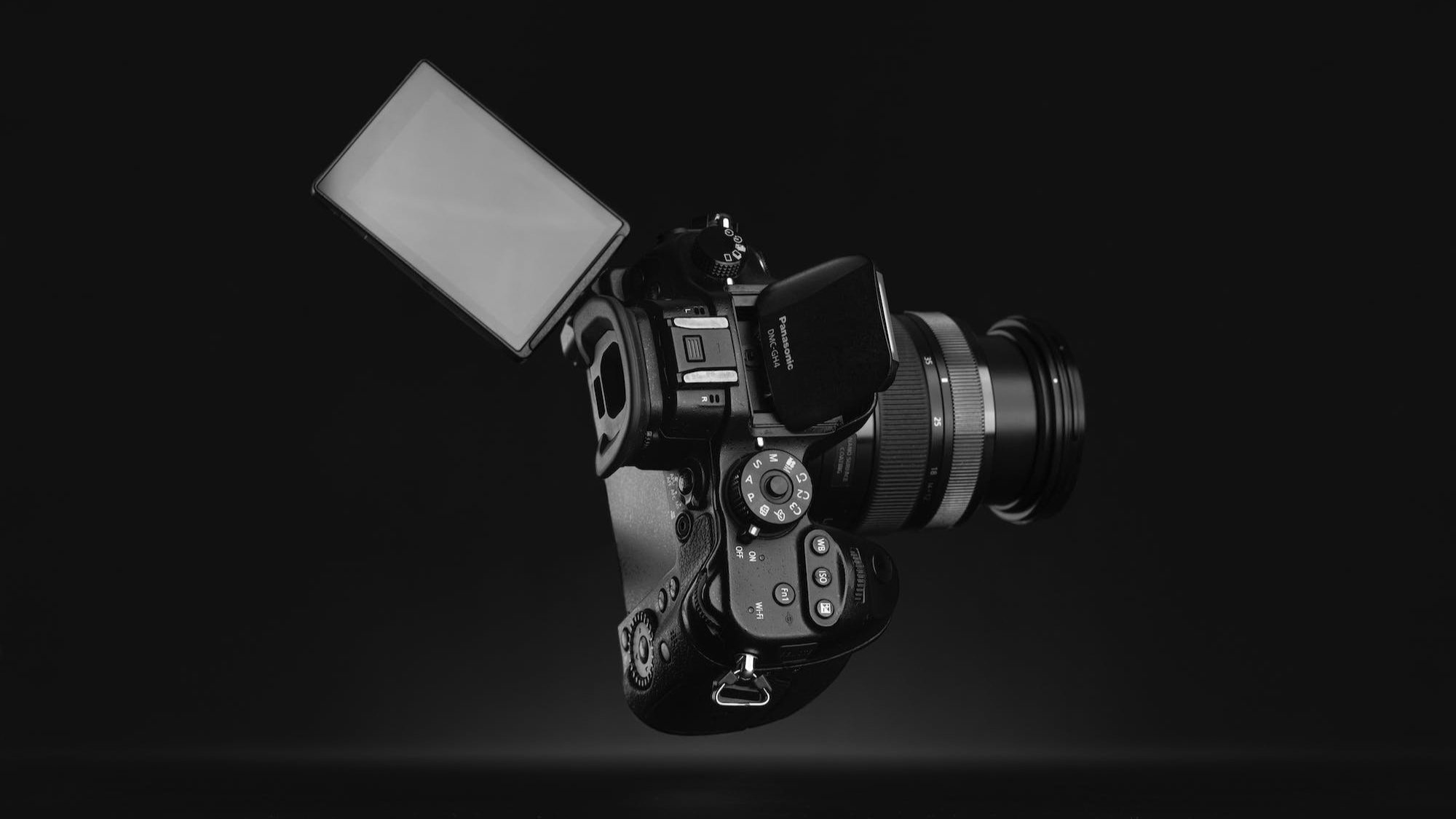


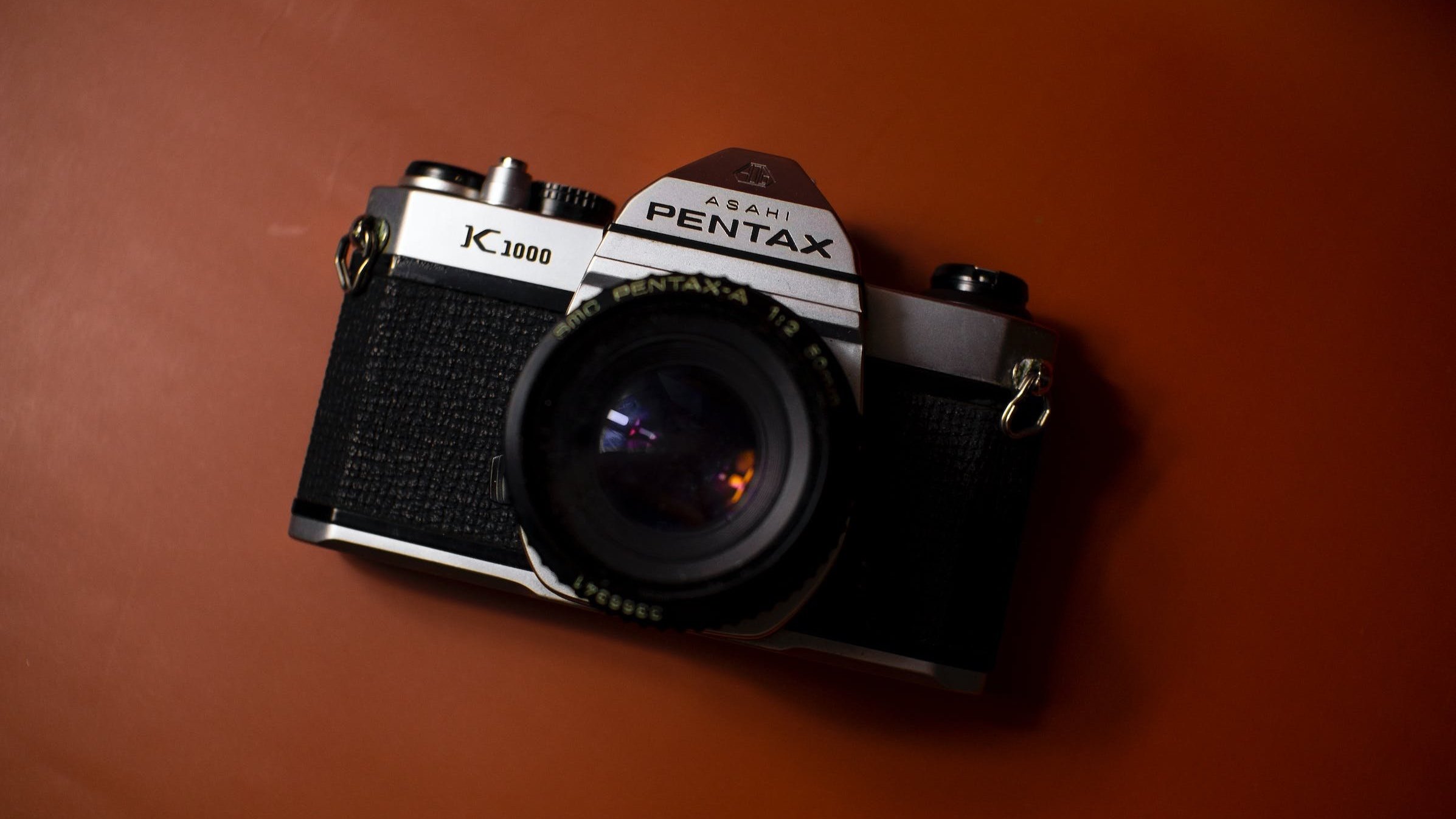


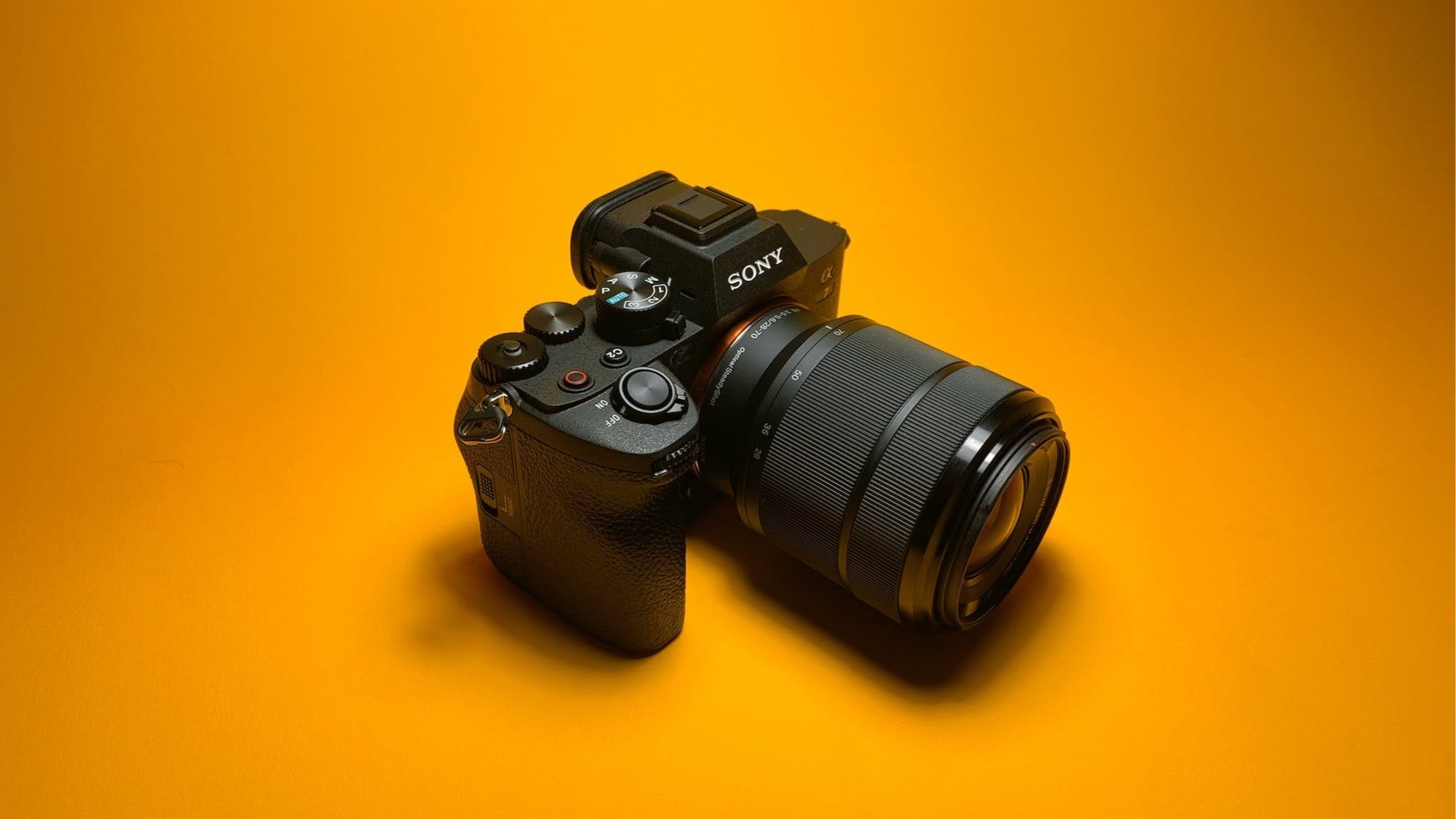
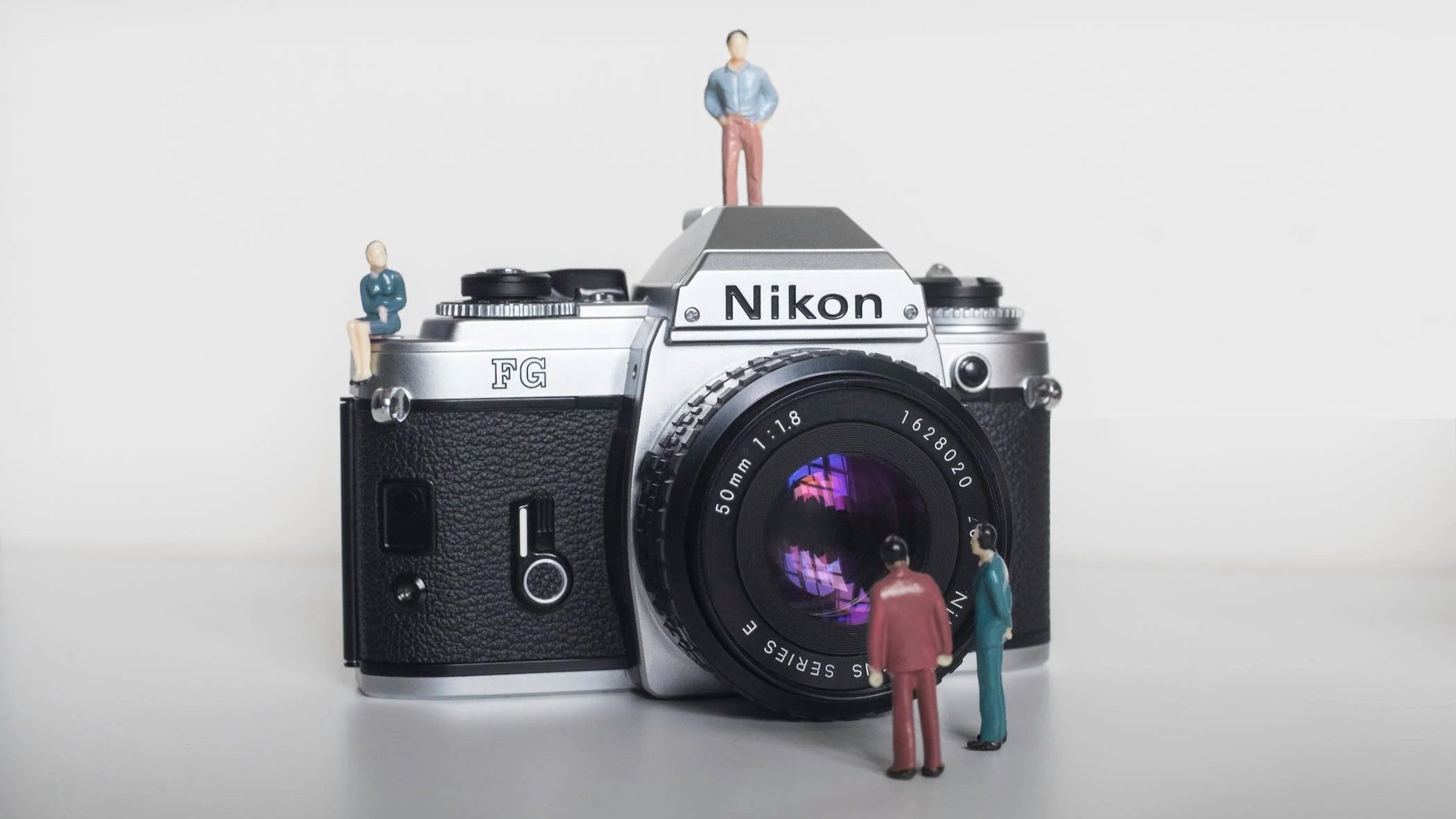
Lomography, a term and a movement that resonates deeply in the world of photography, represents more than just a style or a technique—it signifies a philosophy, a way of seeing and capturing the world. Rooted in a spirit of spontaneity, experimentation, and a celebration of imperfection, Lomography encourages …